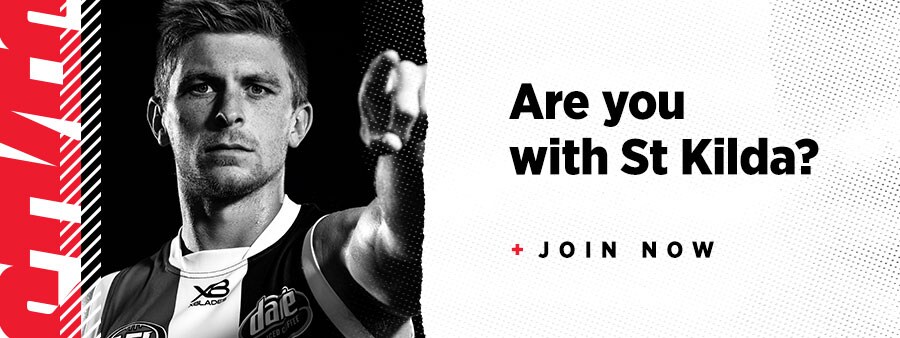Some days in football mark a fork in the road.
And the sunny Monday on Queen’s Birthday 1965 was just that; a landmark match for the St Kilda and Melbourne Football Clubs as well as a coach and a player.
To set the scene, Melbourne was sitting atop the League ladder, unbeaten in the first eight games of the season. It was nothing unusual for the Demons, who were the reigning premiers and nine months earlier had grabbed the 1964 flag – their sixth premiership in 10 years (two other seasons had seen them finish runners-up). This remains one of the greatest eras of one club’s dominance in League football.
Sure, the Demons had lost their iconic captain Ron Barassi who had taken up an offer to coach Carlton, but eight wins out of eight starts wasn’t a bad response. Legendary coach Norm Smith was still able to get the Demons over the line when it mattered.
The only problem was that amongst those wins were five very narrow escapes of 2,3,4,6 and 8 points respectively.
For St Kilda, the club was on the rise after a long drought. A 22-year finals absence had preceded Allan Jeans’ top four finish in his first year as coach in 1961. There was another final in 1963, but the team slipped to sixth spot in 1964.
Now, in 1965, St Kilda was gathering strength and sitting third before the Melbourne clash with a 6-2 record.
In every respect, this was the brash new contender taking on the ageing champ. And a monster crowd of 72,114 people turned up at the MCG to see it.
Saints fans were apprehensive when they heard that star centreman Ian Stewart was a late withdrawal through illness. There were more surprises in store when Verdun Howell, the Victorian team’s full-back, walked to take up his position at full-forward. Bob Murray, a forward whose career to this point had been inconsistent, went to full-back, a spot where he had never been seen placed in a senior St Kilda team.
Daryl Griffiths, named on the wing, took on Stewart’s role in the centre. He had big shoes to fill as Stewart would be the eventual Brownlow winner later in the year.
Allan Jeans’ planning for this epic game had involved his team studying films of recent Melbourne games. This was revolutionary in 1965 when the coaching process was nowhere near as flamboyant and analytical as today, and was considered a startling innovation. Jeans also defied the convention of playing the side as selected on Thursday night, something that would become standard practice.
Every part of St Kilda’s plan succeeded with stunning effect, but even when they cleared out to a 29-point lead in the third quarter, the crowd pondered whether Melbourne would stage one of the late comebacks for which they'd become famous. It wasn’t going to happen this time, and one old Melbourne fan recalled that he knew the tide would not turn when the brilliant Ian Cooper hauled down a classic high mark on the shoulders of Melbourne’s Hugh Bromell right in the middle of the MCG. Saints fans who saw that mark still regard it as possibly the best ever by a Saint, and challenged only by the aerial gems of Trevor Barker and Nicky Winmar. The mark achieved eternal glory by being included in Channel Seven’s famous “Up There Cazaly” video.
St Kilda smashed the Melbourne veneer of invincibility. Griffiths starred in the centre, Murray discovered a new niche as full-back and Howell’s brilliance as a footballer adapted easily to the full-forward role.
The 61-point hiding lifted St Kilda’s percentage by 8 per cent and slashed Melbourne’s by 16. More than that, it set the Saints on the path to a top-of-the-ladder finish for 1965 and Grand Final appearance for the first time in 52 years.
For Melbourne, the descent was catastrophic. They would win just two more games for the year, and within a month of the Queen’s Birthday loss they would do the unthinkable and sack the famous coach Norm Smith. Although he would be re-instated, things were never the same, and the club plunged into an abyss that saw them out of the finals for the next 22 years.
The match had changed the destinies of Smith, and the St Kilda and Melbourne clubs. Within the Saints' ranks, it was the signpost to a new career for Bob Murray, who just weeks earlier had asked for a clearance back to his VFA club Sandringham.
“That game against Melbourne probably saved my career. The people up forward were pretty hard to dislodge, so I was going to struggle to get in on a regular basis. Even Verdun, who played up forward for a while, ended up playing down back again. The forward line had lost Bill Stephenson by then, but they had a real good set-up.”
Bob Murray would become Howell’s successor to the title “Best Full-Back in Australia” and would win the Saints best-and-fairest four years later.
And it all started on that magic day in 1965.




